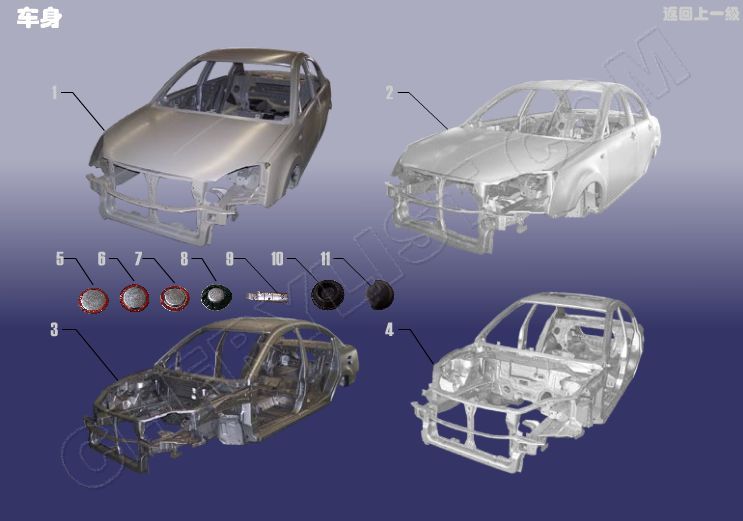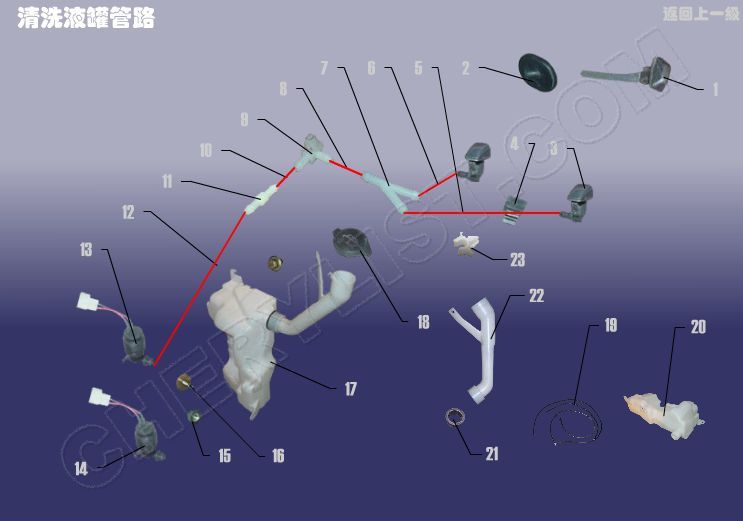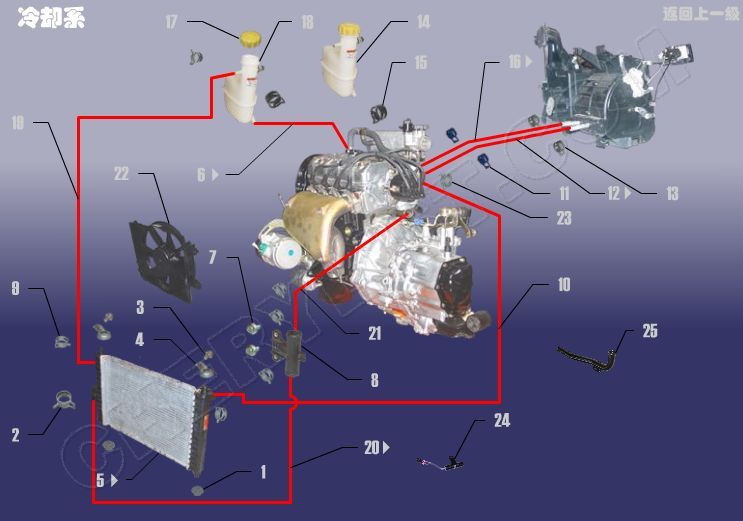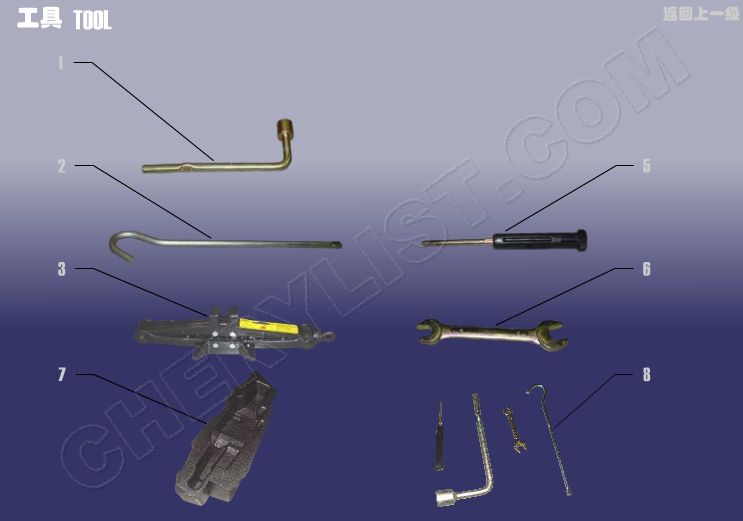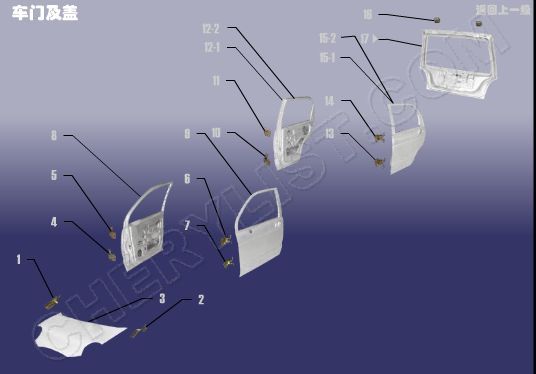PriceList for Chery Iq Spare Parts - AC SYSTEM COMPRESSOR for CHERY EASTAR B11 – Qingzhi
PriceList for Chery Iq Spare Parts - AC SYSTEM COMPRESSOR for CHERY EASTAR B11 – Qingzhi Detail:
B11-8104021 BRACKET – COMPRESSOR
Q1841040 BOLT – HEXAGON FLANGE
Q184C1025 BOLT
MD317245 V BELT
B11-8104010 BRACKET ASSY – COMPRESSOR
Q14608100 BOLT
B11-8104017 PULLEY-COMPRESSOR
B11-8104310AB MAGNET CLUTCH
B11-8104010AB BRACKET ASSY – COMPRESSOR
B11-8105015 BOLT
11 T11-3708110 STARTER
1. Compression process: the compressor sucks the low-temperature and low-pressure refrigerant gas at the outlet of the evaporator, compresses it into high-temperature and high-pressure gas, and discharges it from the compressor.
4. Endothermic process: the mist refrigerant liquid enters the evaporator. At this time, the boiling point of the refrigerant is far lower than the temperature in the evaporator, so the refrigerant liquid evaporates into gas. In the evaporation process, a large amount of surrounding heat is absorbed, and then the ‘refrigerant vapor with low temperature and low pressure’ enters the compressor again. The above process is carried out repeatedly to reduce the air temperature around the evaporator.
1. Compression process: the compressor sucks the low-temperature and low-pressure refrigerant gas at the outlet of the evaporator, compresses it into high-temperature and high-pressure gas, and discharges it from the compressor.
4. Endothermic process: the mist refrigerant liquid enters the evaporator. At this time, the boiling point of the refrigerant is far lower than the temperature in the evaporator, so the refrigerant liquid evaporates into gas. In the evaporation process, a large amount of surrounding heat is absorbed, and then the refrigerant vapor with low temperature and low pressure enters the compressor again. The above process is carried out repeatedly to reduce the air temperature around the evaporator.
1. Compression process: the compressor sucks the low-temperature and low-pressure refrigerant gas at the outlet of the evaporator, compresses it into high-temperature and high-pressure gas, and discharges it from the compressor.
4. Endothermic process: the mist refrigerant liquid enters the evaporator. At this time, the boiling point of the refrigerant is far lower than the temperature in the evaporator, so the refrigerant liquid evaporates into gas. In the evaporation process, a large amount of surrounding heat is absorbed, and then the refrigerant vapor with low temperature and low pressure enters the compressor again. The above process is carried out repeatedly to reduce the air temperature around the evaporator.
Product detail pictures:
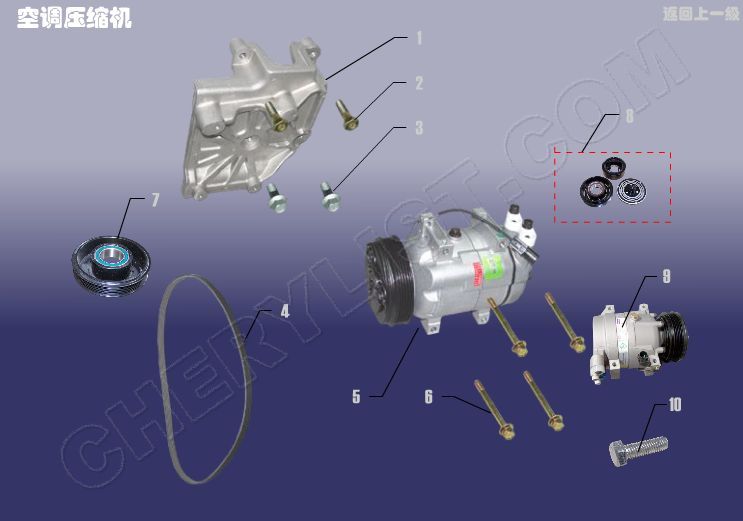
Related Product Guide:
We're proud from the higher client fulfillment and wide acceptance due to our persistent pursuit of high quality both on product and service for PriceList for Chery Iq Spare Parts - AC SYSTEM COMPRESSOR for CHERY EASTAR B11 – Qingzhi , The product will supply to all over the world, such as: Czech republic , Qatar , Atlanta , Being the top solutions of our factory, our solutions series have been tested and won us experienced authority certifications. For additional parameters and item list details, please click the button to acquire additional nformation.
This is a reputable company, they have a high level of business management, good quality product and service, every cooperation is assured and delighted!



